What excitement! On Monday we had a little box with 12 tiny cocoons in it, and on Tuesday we had FOUR mason bees! The next day THREE MORE hatched! The third day THREE MORE hatched! On the fourth day the last TWO hatched! All twelve of our little cocoons had safely survived the winter at the Mason Bee farm, and now had come to live at Nestor school!
Did you know that Mason bees almost never sting you? They are called “Solitary Bees” because they each live in their own little home, which might be just a little hole in a tree trunk or in a wall. They don’t build hives like “Social Bees“, so they don’t band together to protect an area. They don’t make honey, but they are VERY important in helping to pollinate fruit trees and flowers.
Our Mason Bee DVD, book, and supplies are made by “BeeDiverse“.
Let’s see what we remember from the Mason Bee DVD and book!
Table 5: Behaviour
They don’t live together because when they come in the same place, they might bite each other. If they fight they can break a wing or a leg. Mason bees don’t sting you because the bees that sting are protecting their hive. They stay pretty close to their homes. They like their own house. They put mud in the tubes to keep each egg in its own room. They have to protect their eggs from woodpeckers and spiders. The new bees have to eat through the mud to get out. They don’t make or eat honey.
Table 6 Food
Mason bees drink nectar for energy. You find it in flowers. They need pollen too. Pollen gives them protein. They need clean water to drink. The water is needed for mud too. The mother bee lays her egg on the pollen. She mixes the pollen and nectar together and rolls it into a little ball. Mason bees are different from honey bees because they don’t make honey. They are important too though. They are needed to pollinate the plants so that fruits and vegetables grow.
Table 1/2: Habitat
Mason bees live in straws that people give them. They also can live in “plastic houses” that are colored. In the wild, they can live in trees that have holes in them. They can also live in a hole in the ground or in a hillside. When people make a home for them, they are “bee houses” not hives. They are not honey bees and they don’t share their little rooms. They get mad if another bee goes in their lilttle tube. In their habitat they need soil and water to make mud to separate their eggs and babies, they need flowers to get their food, and water to drink.
Table 3: Life Cycle
Their life cycle is metamorphosis! They go in holes to lay eggs. Their moms put mud in between them as little walls. The eggs hatch into larvae. The larvae spin their cocoons. Inside the cocoons they turn into pupas. Then the pupas turn into bees. The bees stay in the cocoons all winter until hibernation time is over. In the spring they eat a hole in the cocoon to get out. Then they break out of the mud and come out of the tube.
Table 4: Appearance
Mason bees are all black, not like honey bees. They are smaller than honey bees too. They have compound eyes with lots of parts. They have six legs because they are insects. They have 3 body parts: the head, thorax, abdomen. They are a little bit furry. They don’t fly really fast. The males have white mustaches. They are a little smaller. They have bigger antennae. The females are bigger and have short antennae.

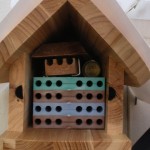
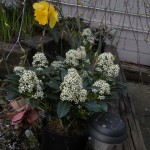

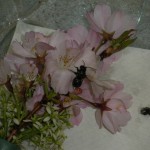
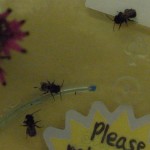
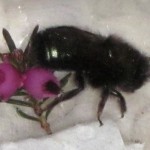
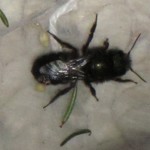





April 23, 2011
I am so excited! There was an article in the Vancouver Sun newspaper today… “Mason bees make useful garden pets”! I hope everyone in the class sees it! http://www.vancouversun.com/technology/Mason+bees+make+useful+garden+pets/4662774/story.html
Dear Classroom 2 kids,
What wonderful little bees. I would love to do something like this in our classroom, but I don’t think Mason bees live in Australia. I will have to do some research and see if they are native to Canada. Would love to hear how they go and see if they stay in the houses that you have built for them. Enjoy your new class pet.
From Mrs Milton
Leopold Primary, Victoria, Australia
http://grade2mk.global2.vic.edu.au/